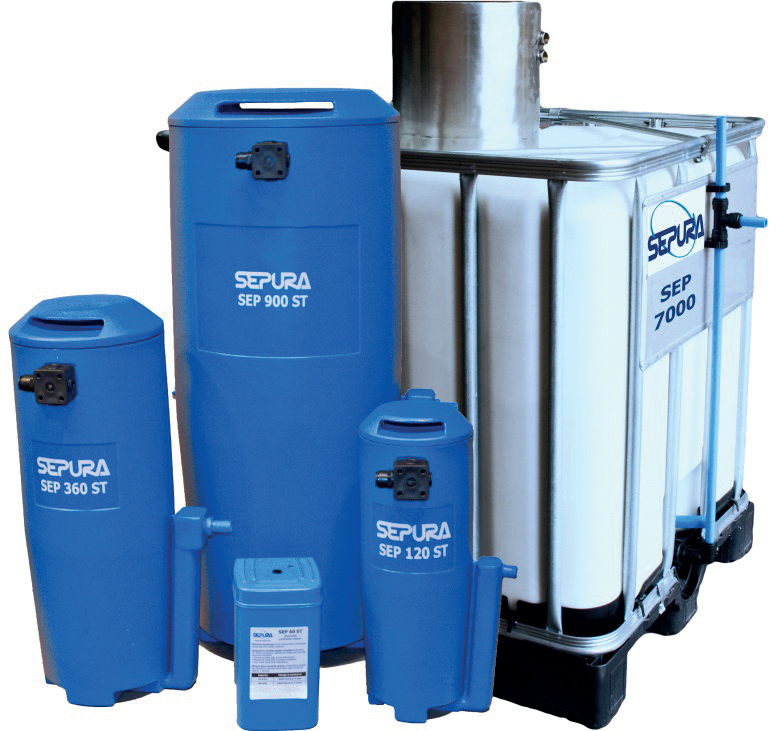

|
Edward Lowton
Editor |


|
ARTICLE
Why so many condensate separators don't live up to customers' expectations
14 August 2014
It’s a fact. Many condensate management systems don’t meet the basic criteria the customer has a right to expect. There are many reasons; some are related to product design, some with product selection or installation and occasionally it’s the ‘wrong kind of condensate’. There are so many variables it’s easy to make mistakes.

Also, the customer often feels the environmental job is done once the separator is installed and, because they are busy people, they move on to things that more directly affect the bottom line. Inevitably the pressure to ensure that the complete system delivers air in the right quantity and at the right quality overrides mild annoyance caused by a poorly performing oil/water separator.
Keep it simple
So what’s the answer? SEPURA believes keeping it simple from start to finish is a big help.
Start with a simple concept - if you can achieve the desired result with a passive device, do it. Active devices like motors and pumps add cost and complexity. Design out variables, or at least limit their effect so that errors in selection or installation become less critical to the overall function.
In 20 years working in this sector I’ve seen that the single most common cause of unsatisfactory operation in gravity separators is the oil weir. Getting the free floating oil out of the way to protect the filters sounds like common sense, but in the real world those variables (temperature, oil type, flow rates, compressor type/load/shift pattern/oil carryover, and condensate drains) frequently make it impossible to set the oil weir to the optimum level at installation. Even then, if it’s right today it might be wrong tomorrow when the variables change.
SEPURA’s solution
SEPURA oil/water separators were designed with the basics in mind.
Four (or eight) inlet connections feed condensate positively to the inside of the pre-filter. Here a needle-felt bag containing optimised polypropylene shred removes bulk oil dirt and debris while at the same time functioning as a pressure relief chamber.
Patented STERLING filter medium in the main filter polishes away the remaining entrained oil to as low as 5ppm. STERLING has a greater affinity for oil than carbon does, and it presents a much larger usable surface area per unit volume while offering greater voids to allow free passage of condensate without causing blockages.
Because all the trapped oil remains inside the filters, maintenance is cleaner and quicker.
Finally, a lot has been said about bacteria in separators. If bacteria form sludge around the weir of a gravity separator (and they will!) that will be detrimental to performance and may cause overflows and other problems.
SEPURA separators don’t suffer from that problem, and there’s no stagnant water providing a breeding ground either.
The SEPURA solution is simple and effective; it’s easy to pick the right unit for the job, and almost impossible to get the installation wrong. With 7 different sized separators from 60 to 7000 cfm there’s an answer to any condensate problem – and that can include emulsified oils.
SEPURA has more condensate experience here in the UK than any other manufacturer. We invite our customers and theirs to request a free consultation on any condensate problem they encounter.
Contact us at www.sepura-technologies.com
MORE FROM THIS COMPANY
RELATED ARTICLES
- Food and beverage grade air: Best practice guidelines
- Efficient compressed air generation – and heat for free
- Controlling water contamination
- The changing face of compressed air specification
- Ensuring that safety is paramount
- Trade association: Membership gains
- Training initiatives: An air of confidence
- The ongoing need to compress energy usage
- Bacteria and condensate
- Quick-win savings: Potential pitfalls
OTHER ARTICLES IN THIS SECTION

















